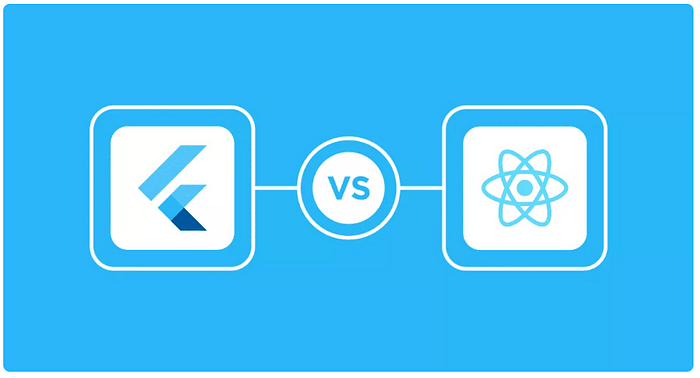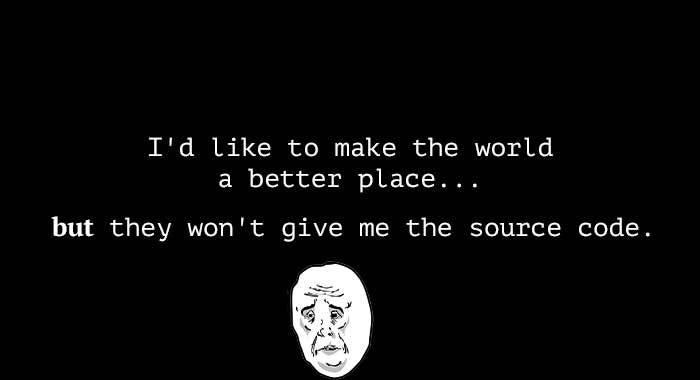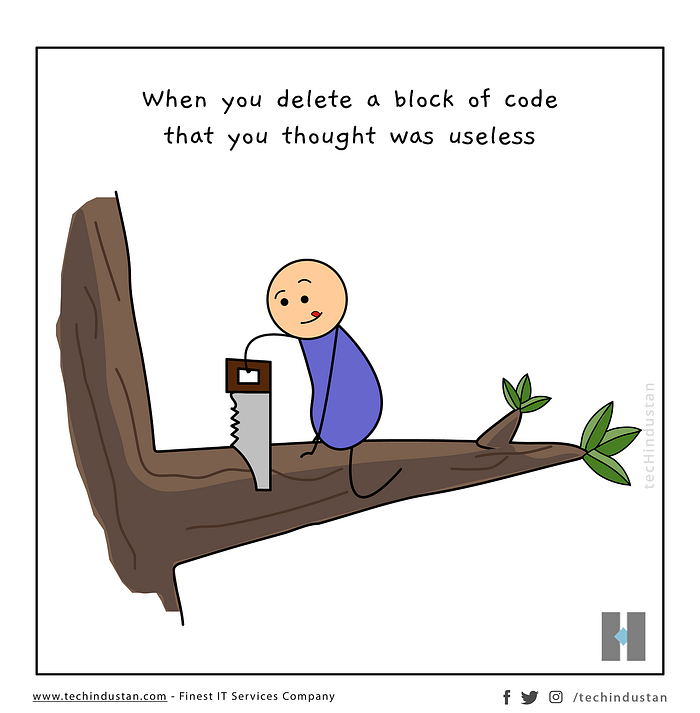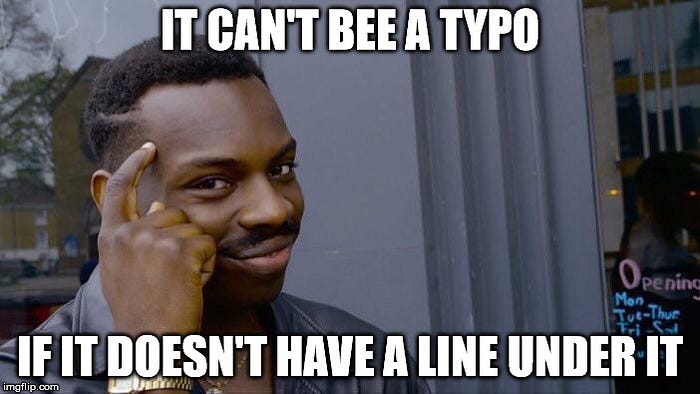Best Flutter IDE for Front-End Development
https://medium.com/getpieces/best-flutter-ide-for-front-end-development-450bd449f543

Navigating the vast realm of app development, choosing the best Flutter IDE can be a game-changer. Integrated Development Environments (IDEs) are more than just tools; they are the backbone that streamlines the coding process, ensuring flawless execution and enhanced productivity.
Especially when it comes to Flutter, a leading framework in today’s digital ecosystem, having the best IDE for web development elevates the developer’s experience to new heights.
Understanding Flutter and Integrated Development Environments
Flutter, an open-source UI software development toolkit birthed by Google, has swiftly risen as a dominant force in mobile app development. With its unique ability to craft high-fidelity, natively compiled applications for multiple platforms from a single codebase, Flutter presents developers with unparalleled flexibility and efficiency. Its vibrant widget-centric approach, paired with the Dart language, promises robust and visually appealing applications, be it for mobile, web, or desktop.
Integrated Development Environments (IDEs) serve as the crucible where the magic of Flutter comes alive. These sophisticated platforms offer a consolidated workspace, combining essential tools like code editors, debuggers, and compilers. In the context of Flutter, the right IDE can simplify the coding process, provide real-time feedback, and automate repetitive tasks. By easing navigation, highlighting errors, and offering intelligent code completion suggestions, IDEs empower developers to harness the full potential of Flutter, ensuring smooth and efficient project outcomes.
Key Considerations When Choosing a Flutter IDE
Here are some key things that you need to consider before pitching for the best Flutter IDE:
1. Hardware and Software Compatibility:
Flutter IDE for Android: Ensure support for Android emulators and tools specific to the Android ecosystem.
Flutter IDE for Windows: Must be optimized for Windows with seamless integration of its features.
2. Performance and Speed of the IDE:
Opt for an IDE that is agile and responsive. The speed at which it can compile, run, and debug Flutter code is pivotal in enhancing development efficiency.
3. Availability of Support and Community Plugins/Extensions:
A robust library of plugins and extensions, backed by an active community, can be game-changing. These additions can introduce functionalities, streamline specific processes, or offer tools tailored to niche requirements.
4. Cost Factors and Licensing:
Sometimes, premium IDEs, despite an upfront cost, can offer unparalleled features, superior support, and regular updates. It’s also crucial to understand the licensing agreements. Some might be free for personal use but require payment for commercial projects.
Best Flutter IDEs For App Development
VS Code
Visual Studio, often dubbed the titan of IDEs, is Microsoft’s premier development environment, revered for its adaptability across various programming landscapes. For Flutter enthusiasts, it unfolds as a haven, integrating seamlessly with the framework and facilitating an optimized coding experience, ensuring rapid, efficient app development.
Features
Seamless integration with Git: No more hopping between platforms. Visual Studio embeds Git functionality within, streamlining version control and ensuring smooth code management.
Live Share: Elevate the collaborative experience with real-time coding sessions. Whether you’re mentoring a junior developer or debugging with a colleague across the globe, Live Share makes it effortless.
IntelliCode: Leveraging artificial intelligence, IntelliCode revolutionizes coding with predictive suggestions. It not only speeds up the development process but also reduces the chances of errors.
Extensive extensions marketplace: Personalize your Flutter web development experience. With a vast repository of extensions like the Pieces for Developers VS Code extension, you can add tools, themes, and languages tailored to your needs.
Integrated debugging tools: Dive deep into your code with precision. Visual Studio’s debugging suite is adept at swiftly identifying and rectifying anomalies, ensuring your Flutter apps run flawlessly.
Android Studio
Android Studio stands as the official IDE for Android development. Its stature is further elevated when it collaborates with Flutter, offering an ecosystem that is both intuitive and powerful. For developers diving into the Flutter world, Android Studio becomes a natural ally, bringing Google’s native Android expertise and fusing it with Flutter’s dynamic capabilities.
Features
Emulator with real-time preview: Say goodbye to guesswork. With its integrated emulator, developers can see changes in real time, ensuring the app looks and functions as intended.
Full suite of profiling tools: Dive deep into your app’s performance metrics. From memory usage to CPU cycles, Android Studio’s profilers provide insights to optimize and enhance app responsiveness.
Code completion and powerful debugging: Coding in Flutter becomes a breeze thanks to intelligent code suggestions and a robust debugger that quickly pinpoints and rectifies issues.
Flutter-specific widget inspector: Understand and modify your Flutter widgets effortlessly. This specialized inspector visualizes and debugs the widget tree, simplifying UI adjustments.
Fast build and deploy processes: Time is of the essence. Android Studio accelerates the build and deployment phases, ensuring swift transitions from coding to testing.
DartPad
Floating in the digital ether is DartPad, a minimalist yet potent online IDE tailored for the Flutter and Dart communities. It breaks down barriers by being accessible directly via a browser, making it an invaluable tool for quick coding experiments or when on the go. For those seeking a no-fuss, immediate Flutter coding environment, DartPad emerges as an impeccable choice.
Features
Web-based with no installation required: Website accessibility is its middle name. DartPad requires no downloads or setups, offering a hassle-free, instant coding platform anytime, anywhere.
Live preview feature: Witness your Flutter magic in real time. As you code, DartPad dynamically displays the results, aiding in immediate feedback and iterations.
Supports Dart and Flutter libraries: Despite its lightweight nature, DartPad doesn’t skimp on essentials. It offers comprehensive support for Dart and Flutter libraries, ensuring a rich coding experience.
Shareable code snippets: Collaboration is critical. Whether you want to share a piece of brilliance or seek feedback, DartPad’s shareable snippets make it effortless.
Simple and intuitive interface: DartPad prides itself on its clean design. With an uncluttered interface, developers can focus purely on coding, free from distractions.
IntelliJ IDEA
In the grand tapestry of development environments, IntelliJ IDEA by JetBrains stands out as a multifaceted gem. Its prowess extends seamlessly to Flutter development, offering intuitive features and advanced capabilities. For those who prioritize depth in their coding assistance without compromising on efficiency, IntelliJ IDEA proves to be an indispensable ally in the Flutter domain.
Features
Deep code understanding: Venture beyond the surface. IntelliJ IDEA delves into the semantics of your code, offering insights and suggestions that align with best practices and design patterns.
Smart code completion: Efficiency at your fingertips. As you type, the Intellij IDE proactively offers code suggestions, streamlining the coding process and minimizing potential errors.
Powerful code refactoring tools: Embrace change without fear. With robust refactoring capabilities, adapting and enhancing your Flutter codebase becomes a structured and error-free process.
Built-in tools for profiling: Gauge the pulse of your application. IntelliJ IDEA’s profiling tools shed light on performance metrics, enabling optimizations and fine-tuning.
Version control integration: Manage your code evolution with grace. Integrated version control ensures smooth transitions between code versions, collaborative coding, and well-maintained coding history.
Flutlab
In the dynamic arena of online IDEs, Flutlab emerges as a beacon for cloud-based Flutter development. Harnessing the power and flexibility of cloud technology, it reshapes the conventional boundaries of coding, offering a streamlined and accessible platform. For a Flutter developer seeking a seamless Flutter IDE online without the constraints of hardware or location, Flutlab unfolds as an impressive choice.
Features
Real-time collaboration: Teamwork made simple. Flutlab facilitates synchronized coding sessions, allowing multiple developers to collaborate on projects, ensuring seamless teamwork and immediate feedback.
Cloud-based simulator: Say goodbye to hefty local emulators. Test Flutter web applications directly within the browser using Flutlab’s efficient cloud simulator, saving time and system resources.
Integration with popular repositories: Seamlessly connect with platforms like GitHub or Bitbucket. This integration ensures fluid code pulls, pushes, and version management.
Direct APK download: Transition from development to testing in a snap. With Flutlab, developers can directly download the APK, facilitating swift app testing and deployment.
Code analysis and debugging: Navigate the maze of code with precision. Flutlab’s tools offer insightful code analysis and a potent debugger, ensuring your Flutter apps are robust and error-free.
XCode
Diving into Apple’s ecosystem, XCode stands tall as the definitive development environment for those keen on reaching the iOS audience through Flutter. Seamlessly merging the robustness of Apple’s software architecture with Flutter’s adaptability, it crafts an unparalleled development experience.
Features
Advanced debugging and profiling tools: With XCode, troubleshooting is elevated to an art form. Its suite of tools provides deep insights, ensuring your Flutter apps run optimally on iOS devices.
Interface Builder: Envision and create dynamic Flutter UI with ease. The XCode Interface Builder offers a visual canvas, making UI/UX design intuitive and efficient.
On-device testing support: Witness your creations in their natural habitat. Test directly on iOS devices to ensure performance and responsiveness.
Asset management: Organize and manage multimedia with finesse. XCode’s asset catalog aids in streamlined resource utilization.
Swift and C integration: While Flutter reigns supreme, the XCode IDE allows seamless integration with Swift and C, broadening developmental horizons.
FlutterFlow
Making its mark in the Flutter landscape is FlutterFlow, a revolutionary visual development platform. Eliminating traditional barriers, it provides a canvas where even non-coders can bring Flutter applications to life.
Features
Drag-and-drop UI builder: Designing made simple. Sculpt interfaces without diving into code, making development swift and accessible.
Firebase integration: Connect with Firebase effortlessly, enhancing functionalities like authentication, databases, and more.
Real-time previews: Iterate with confidence. See changes as you make them, ensuring design perfection.
Robust component library: A treasure trove of widgets and elements catering to diverse design needs.
Collaboration and versioning features: Team up and maintain code history with precision, streamlining project management.
Emacs Dart Mode
For purists who find solace in Emacs, the Dart Mode extension brings Flutter to their fingertips. Merging the efficiency of Emacs with Flutter’s dynamism it offers a refined coding experience.
Features
Syntax highlighting: Navigate code effortlessly with distinct color codes for better readability.
Code formatting: Maintain a pristine codebase with automatic formatting, ensuring consistency.
Integration with Dart SDK: Access Dart’s full potential seamlessly within the Emacs environment.
Quick documentation access: Answers are just a keystroke away. Dive into Dart and Flutter documentation on the fly.
Keyboard-centric commands: Embrace the power of keyboard shortcuts, enhancing coding speed and efficiency.
RevenueCat
While not a conventional IDE, RevenueCat is a vital tool for developers integrating in-app purchases and subscriptions in their Flutter apps. Simplifying the maze of monetization, it’s a catalyst for revenue generation.
Features
Simplifies in-app billing: Navigate the intricacies of billing with ease, enhancing user experience and purchase success rates.
Tracks revenue and metrics: Gauge your success. Monitor key metrics to strategize and optimize monetization.
Supports multiple platforms: Not just limited to Flutter, RevenueCat’s broad platform support ensures consistent monetization strategies.
Robust API: It offers ease and flexibility thanks to its robust API integration. Integrate with comfort and flexibility, leveraging RevenueCat’s powerful API.
Atom
Atom, an avant-garde text editor birthed by GitHub, extends its arms to Flutter developers through community-driven extensions. Marrying simplicity with adaptability, it emerges as a formidable environment for Flutter projects.
Features
Git integration: With its roots in GitHub, Atom offers seamless Git operations, streamlining code management.
Autocompletion for Flutter: Speed up your coding. Atom suggests code snippets, enhancing your Flutter coding rhythm.
Embedded terminal: Access the terminal within the editor, streamlining tasks without switching windows.
Smooth UI with themes: Personalize your workspace. With a vast array of themes, craft an environment that resonates with your aesthetic.
The Main Benefits of IDEs & Text Editors for App Development
Streamlined development cycle.
Comprehensive code management.
Integrated testing and debugging.
Enhancing collaboration and productivity.
Customization and extension support.
Conclusion
Choosing the best IDE for Flutter is pivotal, acting as the linchpin between ideas and execution. A Flutter IDE directly influences productivity, ensuring app development is both efficient and yields superior quality outcomes. Want to learn about how Pieces built their app? Read Pieces’ Flutter case study.
'프로그래밍 > App' 카테고리의 다른 글
| Flutter vs. React Native (0) | 2023.11.16 |
|---|---|
| [Flutter] Flutter에서 딥링킹을 구현하는 방법은 무엇입니까? (0) | 2023.11.06 |
| YouTube Music은 Android 및 iOS에서 더 많은 사용자에게 실시간 가사를 제공합니다. (0) | 2023.08.29 |
| Flutter and Clean Architecture(I) (0) | 2023.08.29 |
| [Flutter] Flutter vs React Native (0) | 2023.08.11 |






















